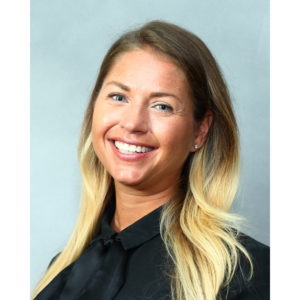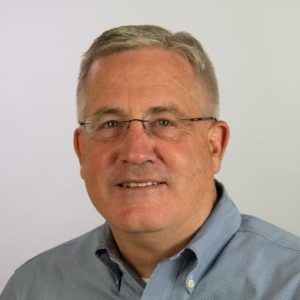Functional programming aids person-centered care
Functional programming is an ideal approach to take if your community wishes to make design changes as part of an operational move to a more person-centered approach to resident living, consultant gerontologist Julie Bessant Pelech, BES, C. Gerontology, told those attending the workshop "Juggling Act: Design Solutions for Person-Centered Care" May 4 at the Environments for Aging Conference. A substantial amount of effort is required for such transformations, however, whether the project is a new building or the remodeling of an existing one, she added.
Pelech, of Bessant Pelech Associates, facilitated the workshop with Jane Rohde, AIA, FIIDA, ACHA, AAHID, principal of JSR Associates; Sandra Harris, principal of S Harris Interiors; and Elizabeth "Betsy" Brawley, AAHID, IIDA, CID, a healthcare interior designer with Design Concepts Unlimited.
 The functional programming approach, the speakers said, centers on residents' needs and also considers the organization's goals, family expectations, staff requirements and design goals. As such, ideally, planning includes the designer and all other stakeholders—residents, resident families, administrators, nurses, personal care workers and those who work in dining, activities, housekeeping and other areas—from the start of the process and incorporates their perspectives. Including staff—and more than just incidentally—increases the likelihood that the finished project will meet the needs of residents and staff, and it also increases staff satisfaction, which, in turn, helps improve resident satisfaction, they added.
The functional programming approach, the speakers said, centers on residents' needs and also considers the organization's goals, family expectations, staff requirements and design goals. As such, ideally, planning includes the designer and all other stakeholders—residents, resident families, administrators, nurses, personal care workers and those who work in dining, activities, housekeeping and other areas—from the start of the process and incorporates their perspectives. Including staff—and more than just incidentally—increases the likelihood that the finished project will meet the needs of residents and staff, and it also increases staff satisfaction, which, in turn, helps improve resident satisfaction, they added.Planning should include detailed conversations about resident rooms and bathrooms; any necessary equipment, such as lifts, as well as furniture and fixtures; corridors; artwork and wayfinding tools; integration of indoor and outdoor areas; and spaces for dining, congregating, therapy, staff work and storage—as well as how all departments use or will use those spaces, how changes might affect staffing needs, privacy and security needs related to those spaces, whether certain functions will be handled in a central location or will be decentralized, what standards and regulations apply, and what kind of training might be needed.
"It takes weeks and weeks—and, sometimes, months—to work through this level of detail," Pelech said, but the exercise helps everyone think about the project in new ways and helps the designer develop solutions to the identified challenges.
Above all, "the care model must drive the plan," Rohde said.
After the decisions have been made and the project is under way, Pelech says, administrators must make any organizational changes necessary to prepare for the new environment. "But functional programming gives kind of a game plan for that," she said.
And even when the construction, remodeling or renovating seems complete, it's part of a continual improvement process. "Whether you're talking about a building system such as HVAC or you're talking about an activities program, each needs to be re-evaluated to see if it's working in your community and in your care model," Rohde said. If something isn't working, make adjustments as possible, she said.
Resources
Rohde shared some resources for those interested in functional programming and person-centered care:
- The Senior Living Sustainability Guide from With Seniors in Mind;
- The Society for the Advancement of Gerontological Environments (SAGE) Programming for Living and Achieving Culture Change Environments (PLACE);
- The Hulda B. and Maurice L. Rothschild Foundation; and
- The Facility Guidelines Institute's new Guidelines for Design and Construction of Residential Health, Care and Support Facilities, the development of which she helped lead.
For more coverage of this workshop, click here.
For more coverage of environments for aging issues, click here.
Related Articles
Topics: Articles , Design , Executive Leadership , Housing , Operations











